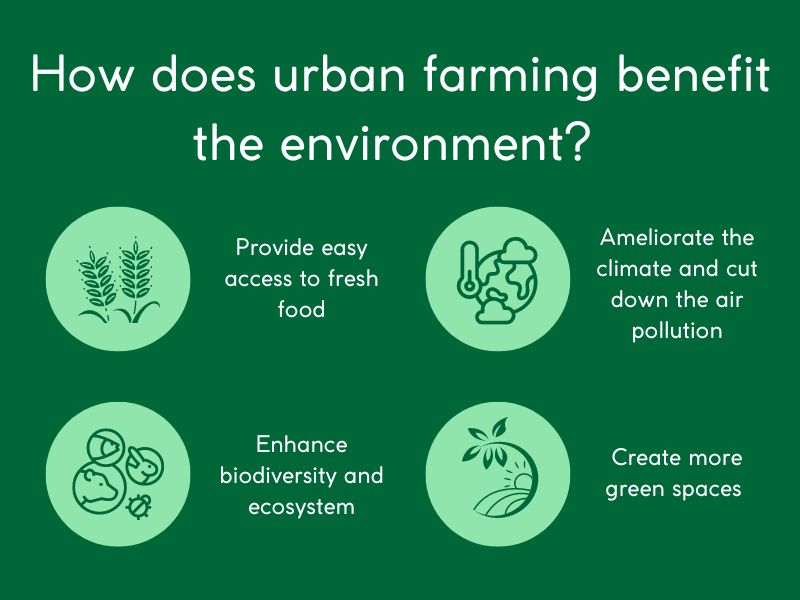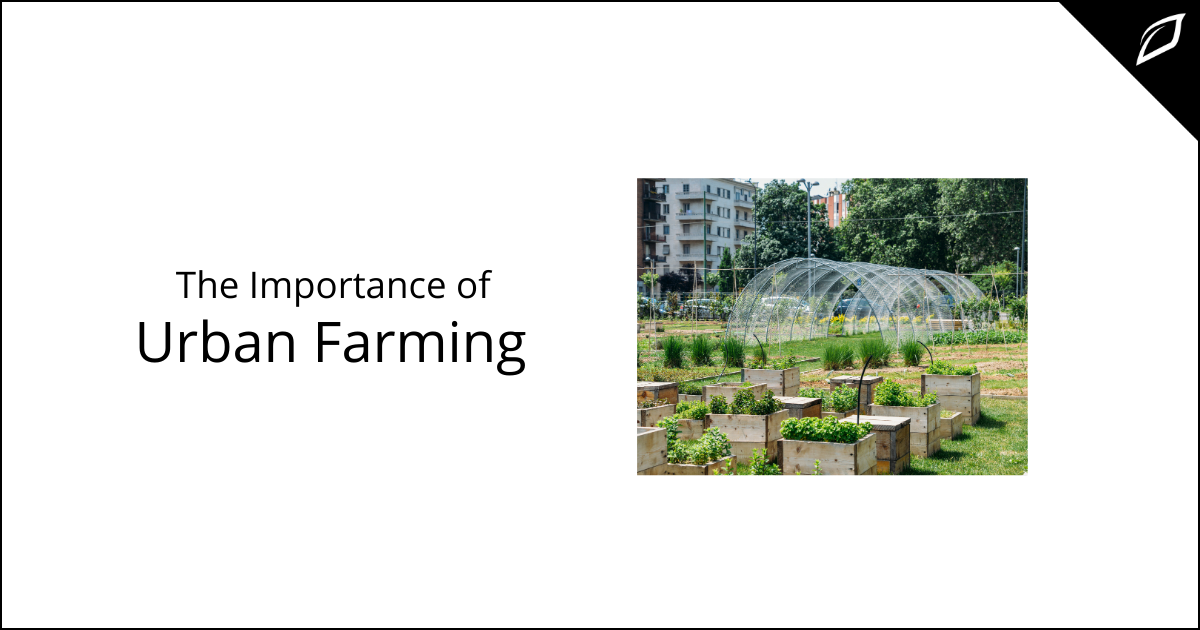About City Blooming
About City Blooming
Blog Article
The 9-Second Trick For City Blooming
Table of ContentsThe Only Guide to City BloomingAbout City BloomingRumored Buzz on City BloomingThe Ultimate Guide To City BloomingThe City Blooming PDFs
Nature has extraordinary effects on our physical and psychological wellness, so it's not a surprise that a straightforward delicious on a desktop computer or some potted herbs on a windowsill can promptly improve a room. Take those plants an action additionally, and you'll cross into the region of urban gardening, which brings even more benefits to people and neighborhoods alike.What Are Urban Gardens?Urban horticulture, occasionally calledcity gardening, is specified as "the procedure of cultivating eco-friendly spaces in urban settings. "It encompasses a range of jobs from urban farming to patio area yards to community yards - urban gardening. Urban gardens can be tended by individuals, teams, firms, or companies. The amount and range of food grown can vary commonly, as well as the dimension of the job itself, yet urban horticulture efforts are all rooted in a city setting.
Whether they include a collection of pots on a balcony or a cluster of plots on an uninhabited lot, these yards give greater than food, supplying a host of ecological, financial, and social benefits. Because produce is grown in neighborhood settings instead of far-away ranches, metropolitan gardening minimizes transport requirements, therefore reducing carbon exhausts.
City Blooming for Dummies
Sustainable and organic farming gets rid of or lowers much of the environmental harm that would be incurred by industrial agricultural approaches. Environment-friendly rooms in cities help lower the city warmth island impact. Urban farming boosts neighborhood economies and supports neighborhood food producers. Area gardening jobs typically supply food at little or no charge, which helps strengthen food budgets and raise food security. Urban gardens can be tools of social modification that address inequities, systemic bigotry, and community growth concerns. Below at Cravings For Modification, we utilize food as a device to develop health, riches, and social modification in North Minneapolis. We bring people with each other to learn, prepare, eat, and grow food, creating modification that lasts.
Together, we can develop well-rooted and flourishing adjustment!.

The main lesson we, as soon as again, need to discover is that cities are not divorced from nature. They belong of the larger biome in which they're situated. As coordinators and designers, we are trained to think holistically. While these fields advertise cities as helpful, no city is best not also close, and the susceptabilities and interconnections of the international supply chain has affected everybody in unpredicted methods.
The Ultimate Guide To City Blooming
I will certainly check out versions from the past that promoted metropolitan gardens and garden enthusiasts, and show what worked and what did not. I will talk about the opportunities and difficulties of being a metropolitan gardener, what is needed to establish a yard of your very own, and what regulations and criteria stand in the way of making cities better at advertising city gardens.
The amount of time threw away getting to and from standard work environments has actually been well documented. One significant research ended that prior to the pandemic, Americans threw away an average of 54 hours a year travelling. The accumulated negative impacts of pollution and stress that result from commuting alone by cars and truck as many Americans do are substantial.
The ability to come to the office for partnership and society, and stay home for focused job is a concept that conserves time, is better for the setting and is a smarter use of restricted resources. What hasn't yet taken hold is the connection in between these adjustments in actions and how cities can react.
The 4-Minute Rule for City Blooming
What are the wellness impacts of our cities suddenly overdesigned for vehicles? Just how can our city facilities (roadways, check utilities) carry out better, not only as conduits to relocate people and items, yet as contributors to natural systems? Urban phenomena such as smoke, poor water high quality and the 'heat island result' can be alleviated by greening our roads, amazing our lorries and growing our parking area.
In a recent short article in the Wall surface Road Journal, Richard Florida reviewed the sensation of 'zoom cities,' which attract remote workers by producing an image of a better of life (City gardening). He wrote: "For cities, remote work alters the focus from drawing business with unique bargains to tempting skill with solutions and amenities
Urban horticulture currently has several alternatives to help you grow food anywhere you have area, such as with container gardening, hydroponic gardening, and rooftop gardening. This means you can manage the area where you grow the food, and fret much less concerning environmental conditions like dry spell or winter. You can select what you wish to grow, just how you want to grow it, and where you want to grow.
6 Easy Facts About City Blooming Shown
Expanding mass-produced food with conventional farming methods takes a great deal out of the world. Beyond the numerous sources that are made use of on the ranch, the food after that needs to be transferred where it is grown to a shop near you. That needs burning a whole lot of fuel. Typically in the U.S., food is currently transferred in between 1,500 and 2,500 miles to get to the consumer.

Report this page